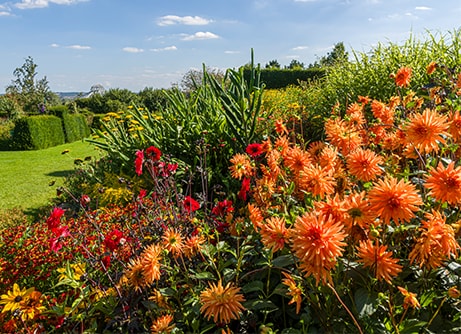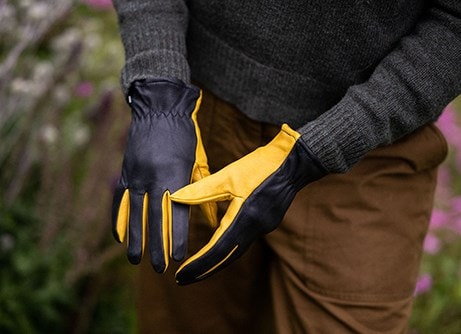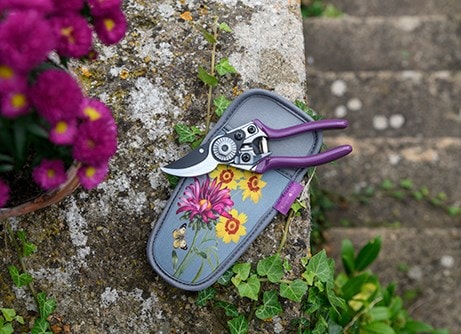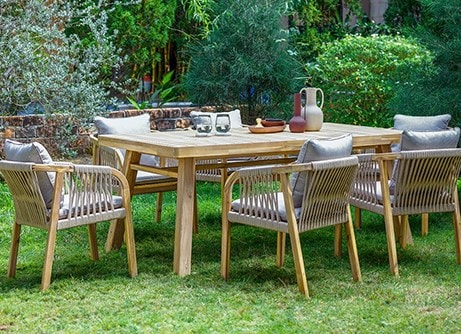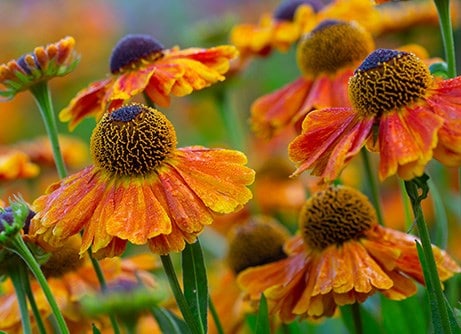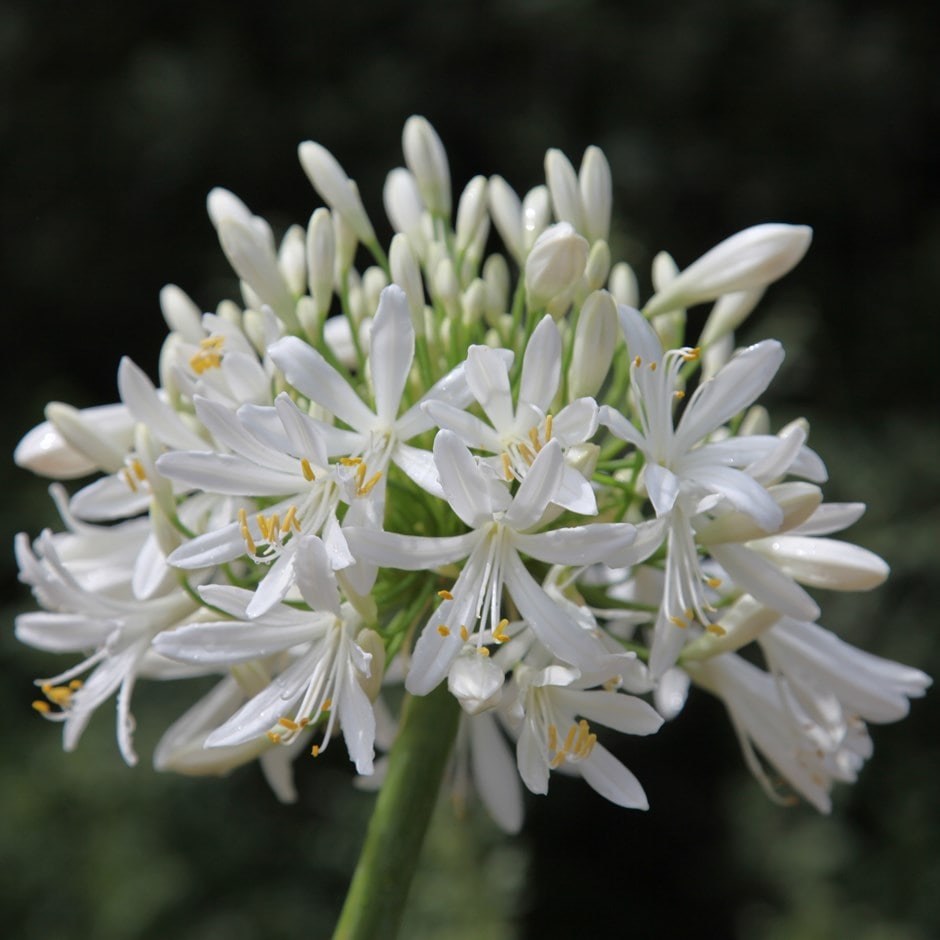
A wonderful white form of African lily, with globes of trumpet-shaped flowers from July to September. This bold perennial provides a perfect focal point for a sunny, well-drained border or in a patio container. Where temperatures fall below zero, container-grown specimens should be overwintered in a frost-free place.
How to care for Agapanthus africanus Albus:
Evergreen Agapanthus cultivars are more tender than the deciduous types, and will probably require frost protection in colder regions. Therefore, when temperatures start to drop, consider moving container-grown plants to a sheltered location (such as a greenhouse or south-facing porch), and covering border-grown specimens with a cloche, or double layer of horticultural fleece.
Keep them well-watered during the growing season, applying a balanced liquid fertiliser each month from spring to late summer. Then, in September, gradually ease back on the feeding and watering, allowing the plants foliage to toughen up. By mid-autumn, stop feeding altogether, and only water sparingly throughout the winter.
Grow garden plants in rich fertile soil in a sunny, sheltered position. When growing Agapanthus in patio pots, use a soil based compost such as John Innes No.3.
Keep them well-watered during the growing season, applying a balanced liquid fertiliser each month from spring to late summer. Then, in September, gradually ease back on the feeding and watering, allowing the plants foliage to toughen up. By mid-autumn, stop feeding altogether, and only water sparingly throughout the winter.
Grow garden plants in rich fertile soil in a sunny, sheltered position. When growing Agapanthus in patio pots, use a soil based compost such as John Innes No.3.
Flowering period:
- Jan
- Feb
- Mar
- Apr
- May
- Jun
- Jul
- Aug
- Sep
- Oct
- Nov
- Dec
Eventual height:
0.6m
Eventual spread:
0.45m
Position:
Full sun
Rate of growth:
Average
Soil:
Moderately fertile, moist, well-drained soil
Hardiness:
Borderline hardy (will need protection in winter in colder areas)
-
This perennial is semi-evergreen so it can lose some of its leaves in winter. In colder regions or more exposed gardens, it may lose them all, but then fresh new growth appears again in spring.
-
Humans/Pets: Harmful if eaten
Product options

9cm pot
was £13.99
now £11.19
In stock
(shipped within 2-3 working days)
(shipped within 2-3 working days)

3 × 9cm pots
was £32.99
now £26.39
£8.80 each
In stock
(shipped within 2-3 working days)
(shipped within 2-3 working days)

6 × 9cm pots
was £49.99
now £39.99
£6.67 each
In stock
(shipped within 2-3 working days)
(shipped within 2-3 working days)

2 litre pot
£27.99
available to order from autumn
Unavailable

3 × 2 litre pots
£69.99
£23.33 each
available to order from autumn
Unavailable
1
Delivery options (pick your preferred option at checkout)
Standard Delivery£5.99
Named Day Delivery£10.99

